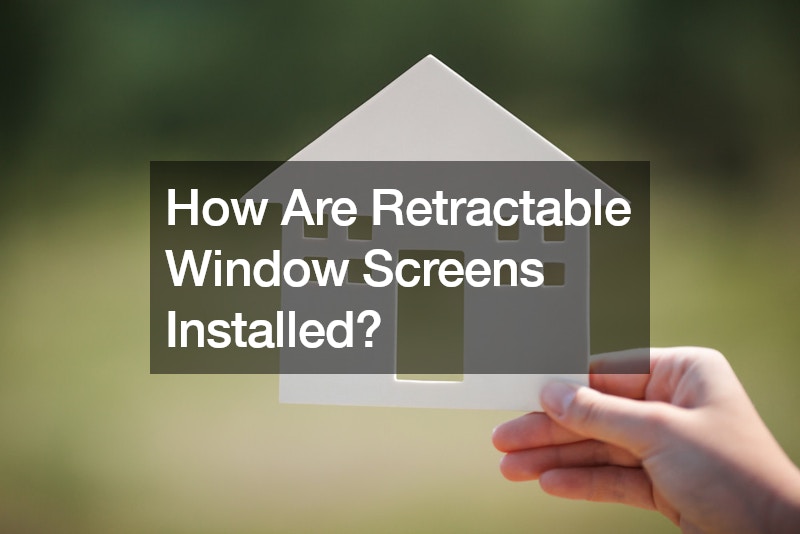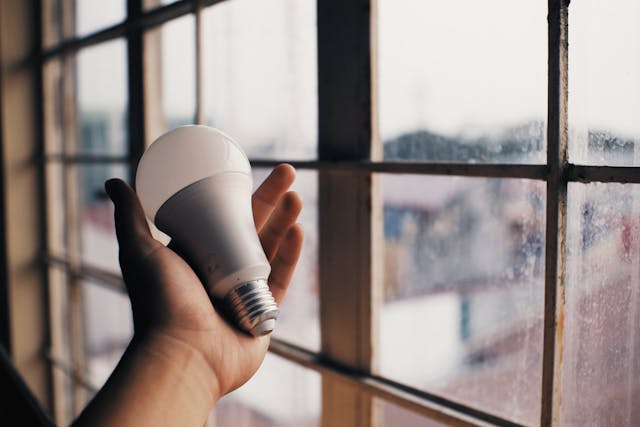
Installing retractable window screens is a practical solution for those who want the benefits of screens without compromising their home’s aesthetic. These screens are ideal for maintaining an unobstructed view and natural light when not in use, and they provide effective protection against insects and debris when deployed. Here’s a detailed guide on how to install retractable window screens:
Step 1: Measure Your Window
Before purchasing a retractable screen, accurately measure the height and width of your window. Measurements should be taken from the inside faces of the window frame where the screen will be mounted. This ensures that the screen fits perfectly and operates smoothly.
Step 2: Choose the Right Screen
Select a retractable window screen that fits your measurements and suits your specific needs. Screens come in various materials and colors, and some feature solar shading properties to reduce heat gain. Ensure that the screen’s casing matches or complements your existing window frame for a seamless look.
Step 3: Prepare the Installation Area
Clear the window area of any dirt and debris. Check the window frame for any irregularities that might obstruct the installation. It’s crucial that the surface is even because any bumps or gaps can hinder the smooth operation of the screen.
Step 4: Install the Mounting Brackets
Retractable screens typically come with mounting brackets that need to be attached to the window frame. Position the brackets according to the manufacturer’s instructions, usually at the top corners of the frame. Use a drill to secure the brackets in place, ensuring they are level and aligned properly.
Step 5: Mount the Screen Casing
Once the brackets are installed, mount the screen casing onto the brackets. This casing houses the retractable mechanism and the screen itself. Make sure it is securely fastened and level. An unlevel casing can cause the screen to retract unevenly or jam.
Step 6: Attach the Slide Rails
Slide rails guide the screen as it moves up and down. Attach these to the sides of the window frame, ensuring they are straight and parallel. If the rails are misaligned, the screen will not move smoothly.
Step 7: Test the Screen
After installation, slowly pull the screen down to test its functionality. It should retract and extend smoothly without any snags. If there are issues, double-check the alignment of all components. Adjustments might be necessary to ensure optimal performance.
Step 8: Apply Finishing Touches
Check all fasteners and make any necessary adjustments. You may also want to apply sealant around the casing to prevent insects from entering through gaps. Finally, clean the installed screen and surrounding area for a neat finish.
Watch the video above to learn more!





